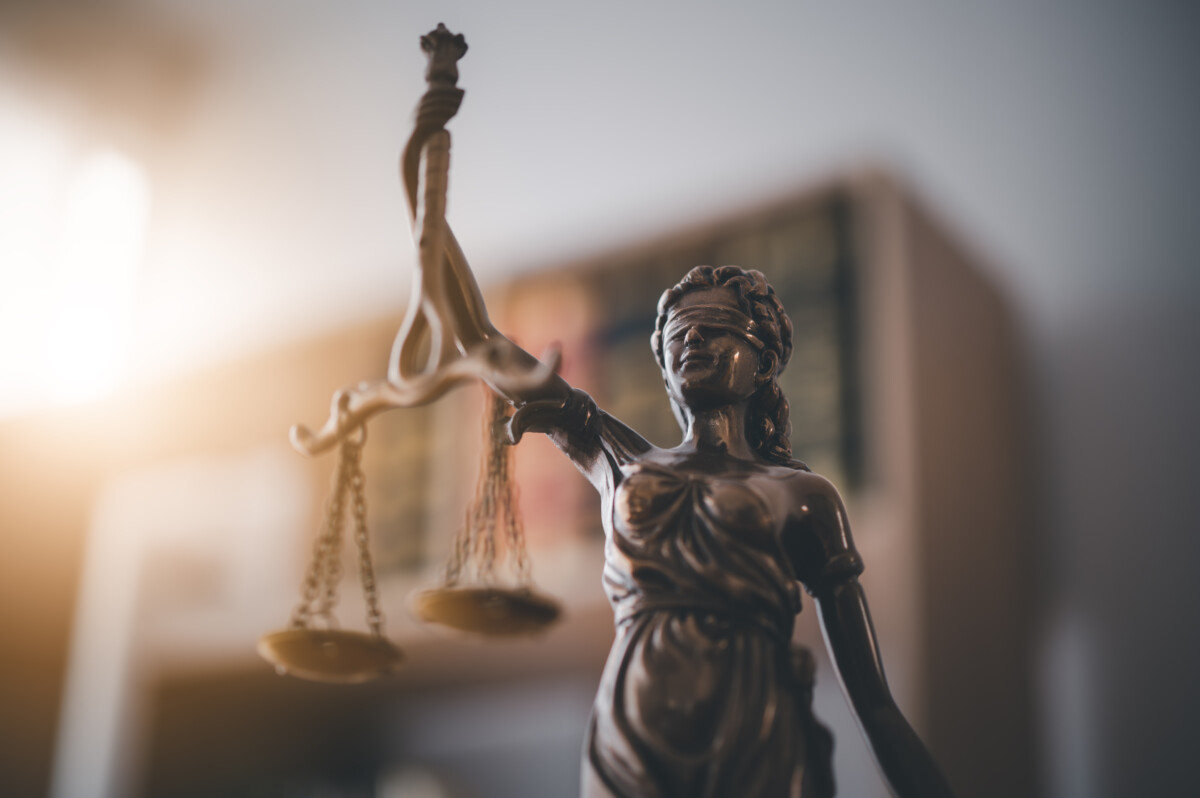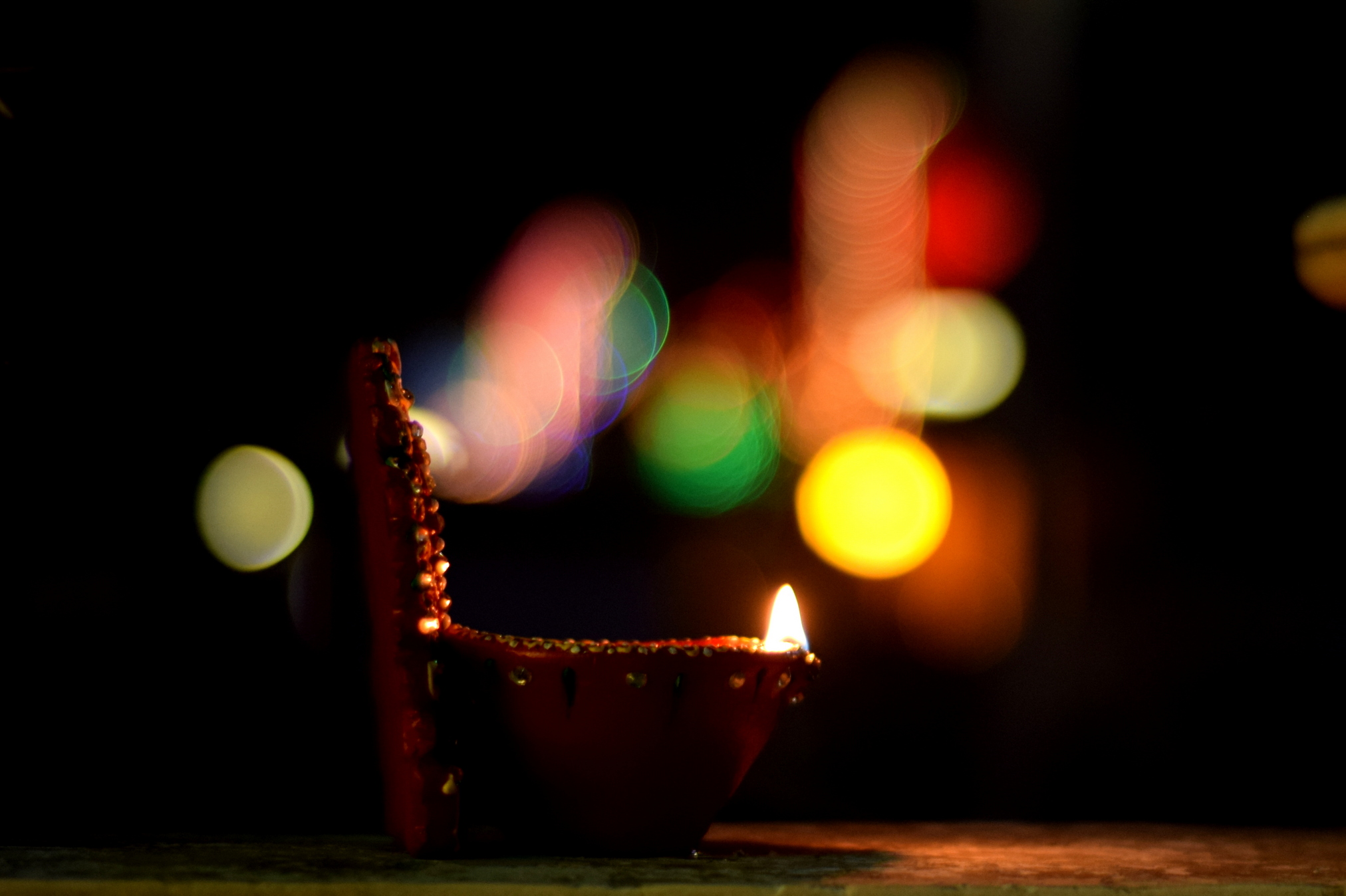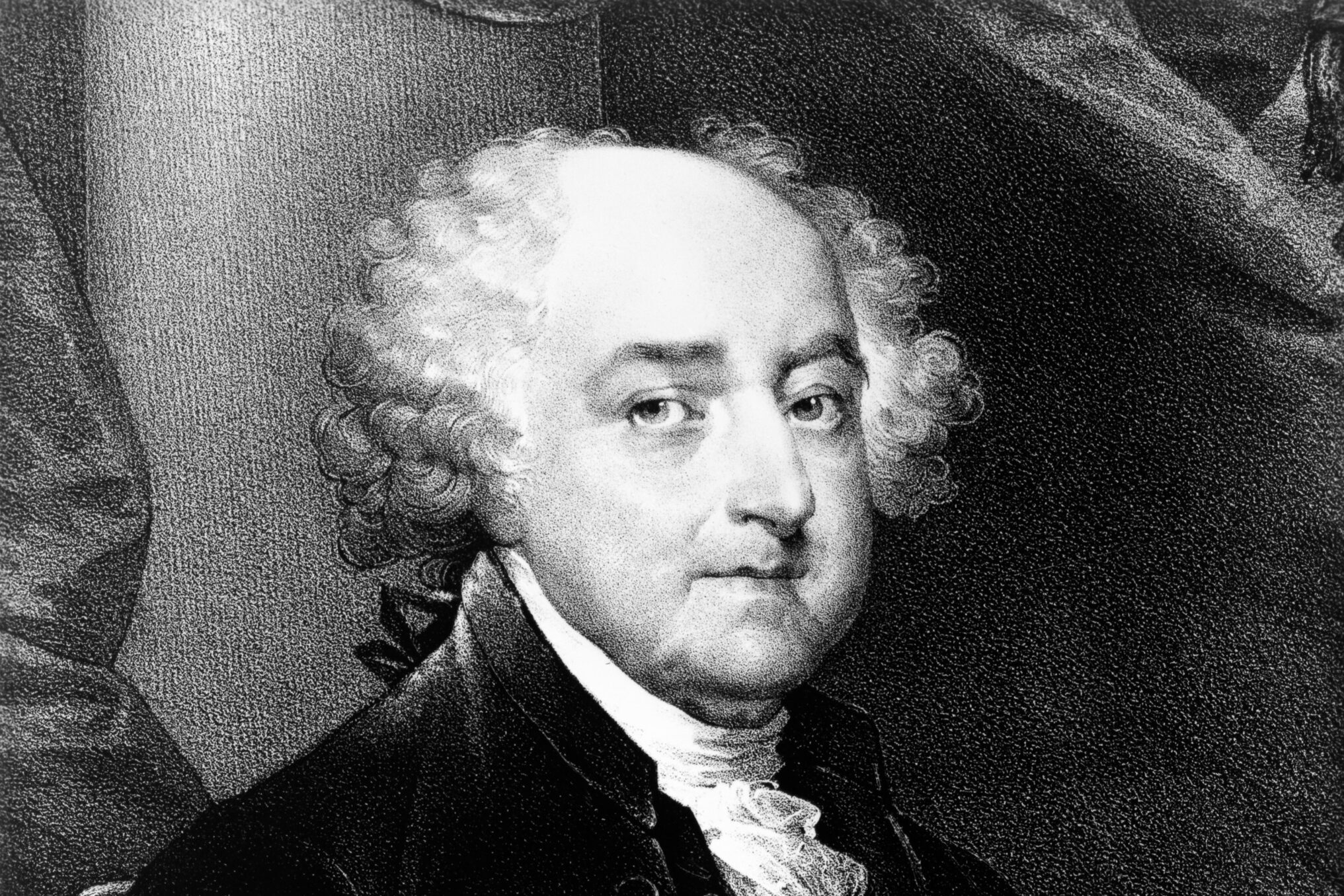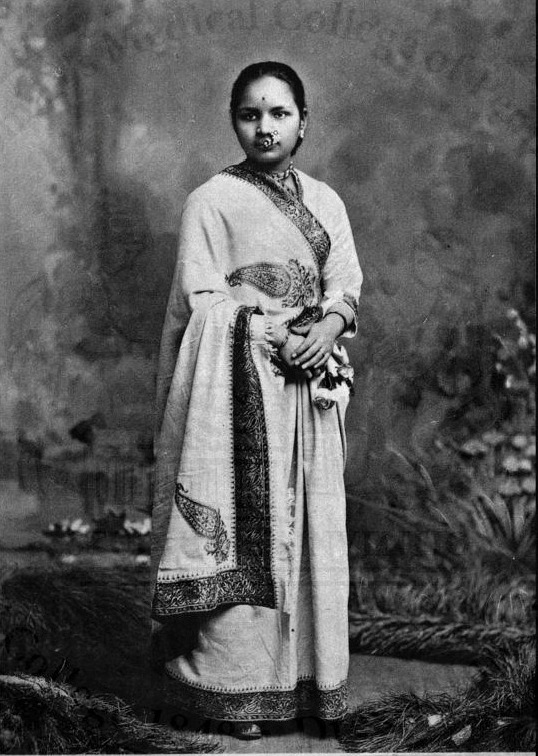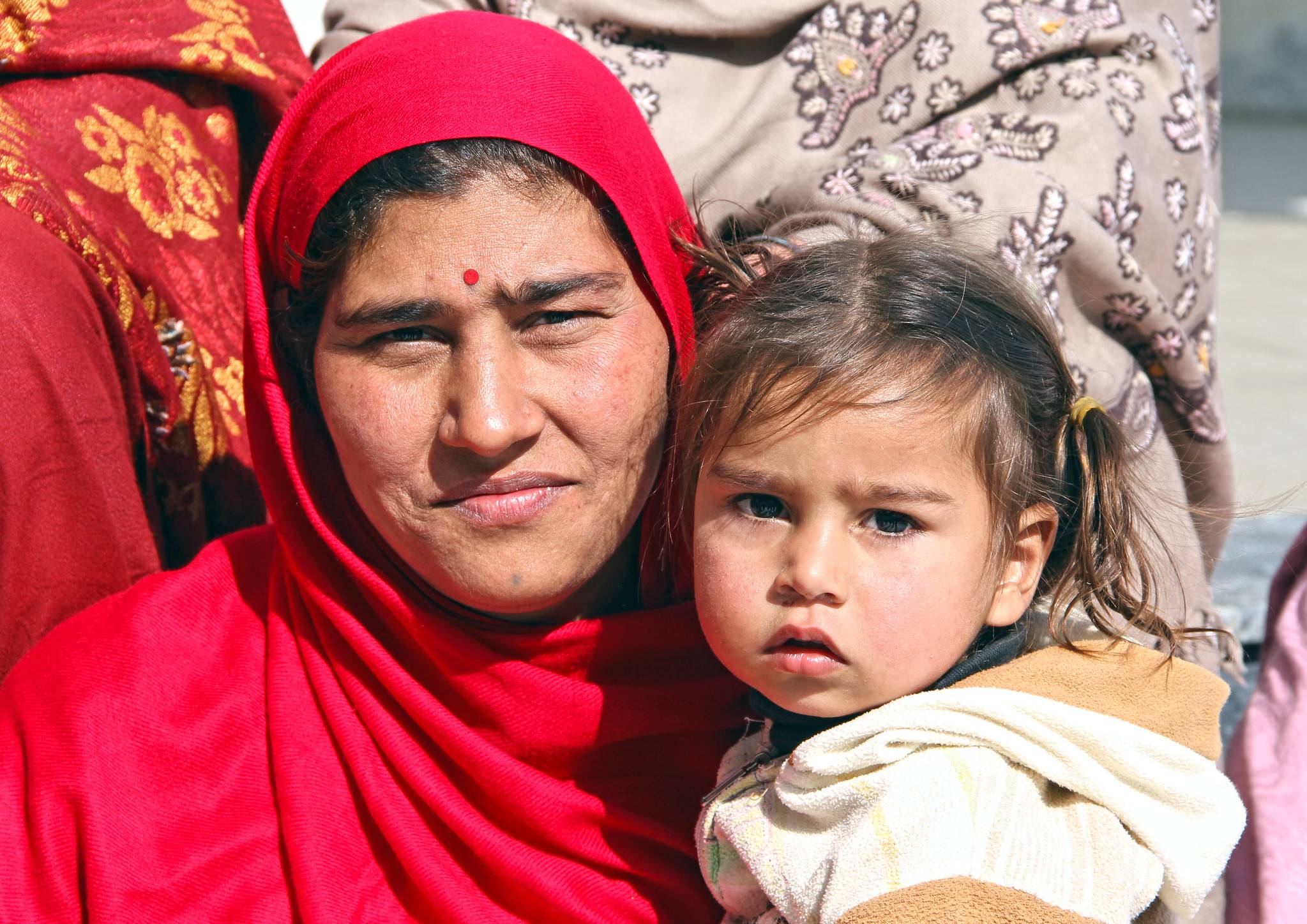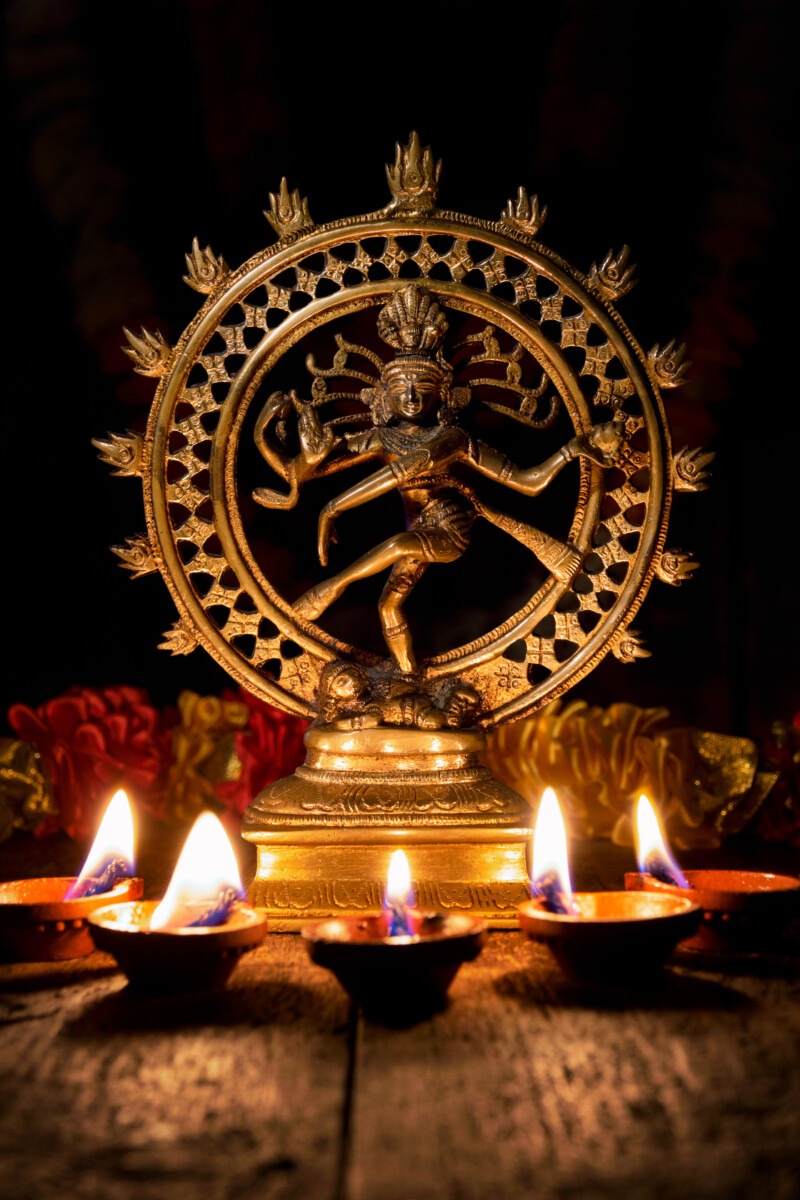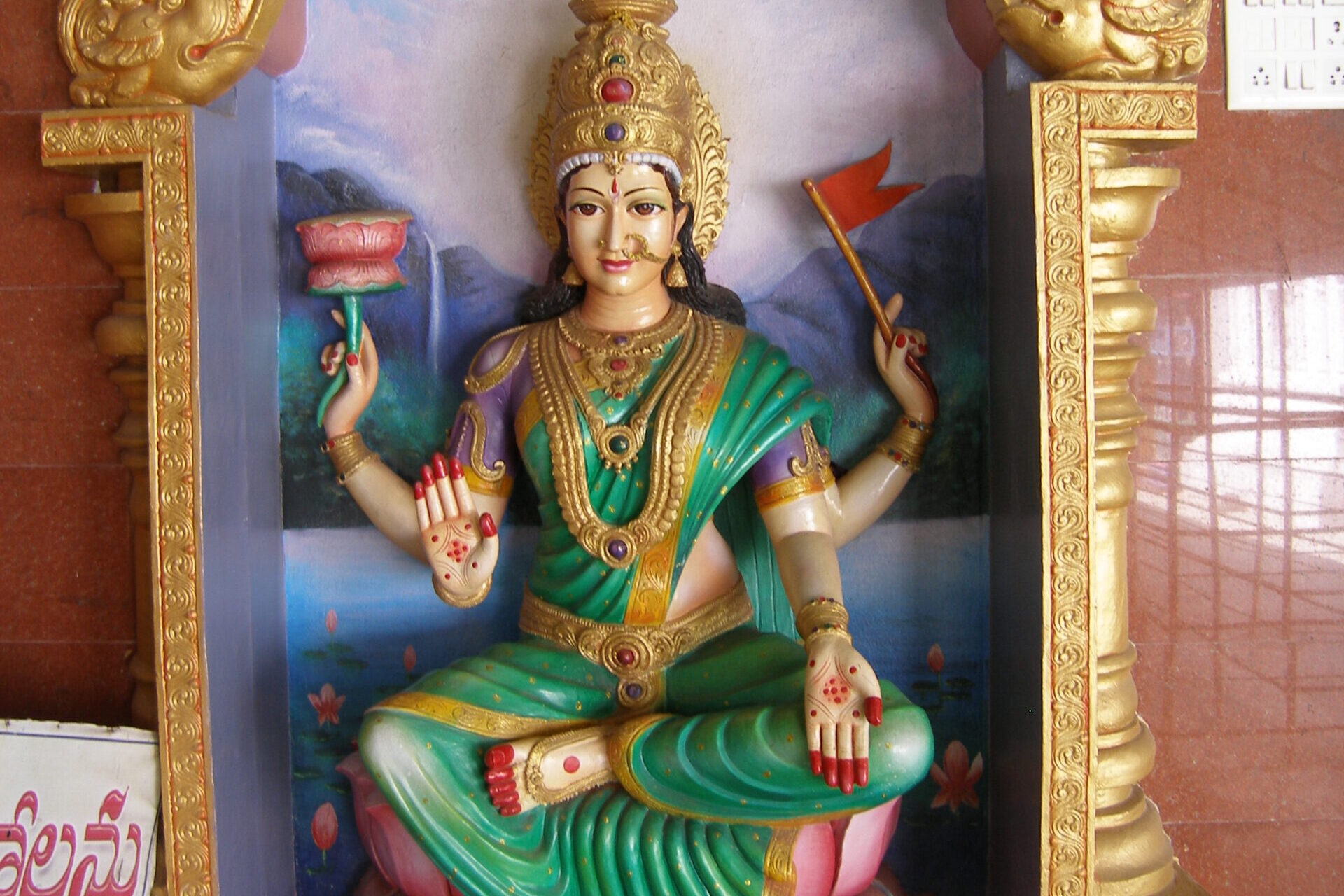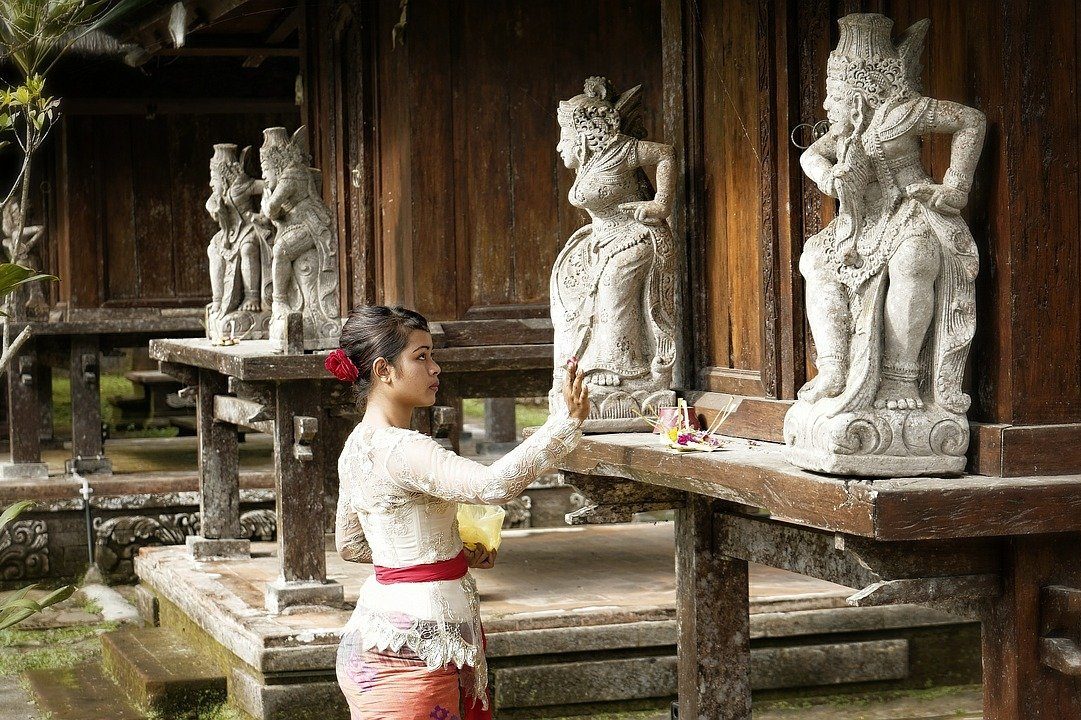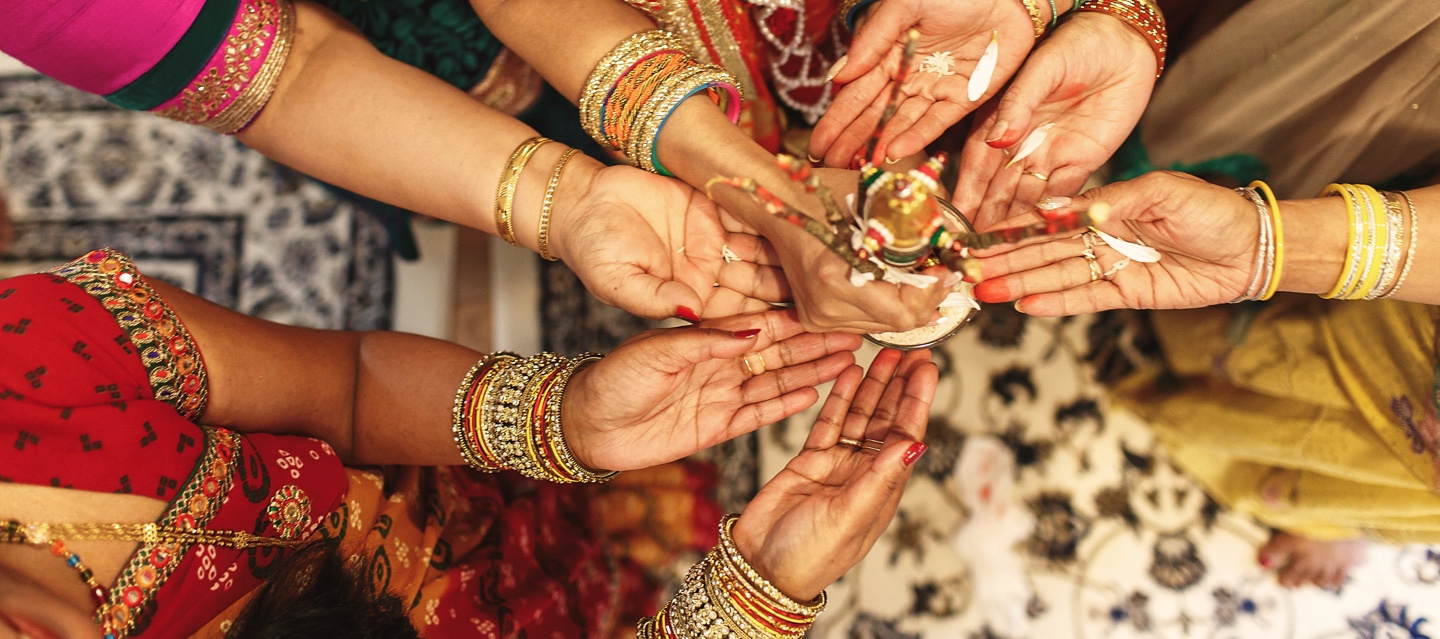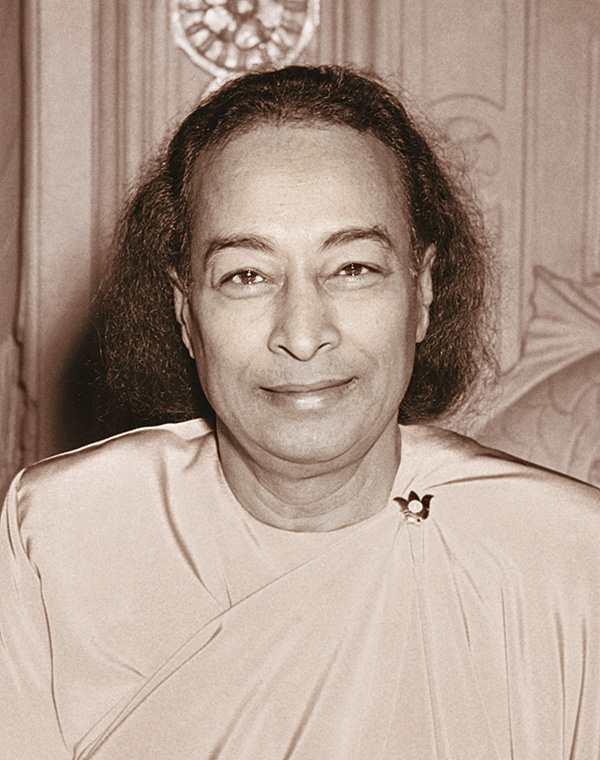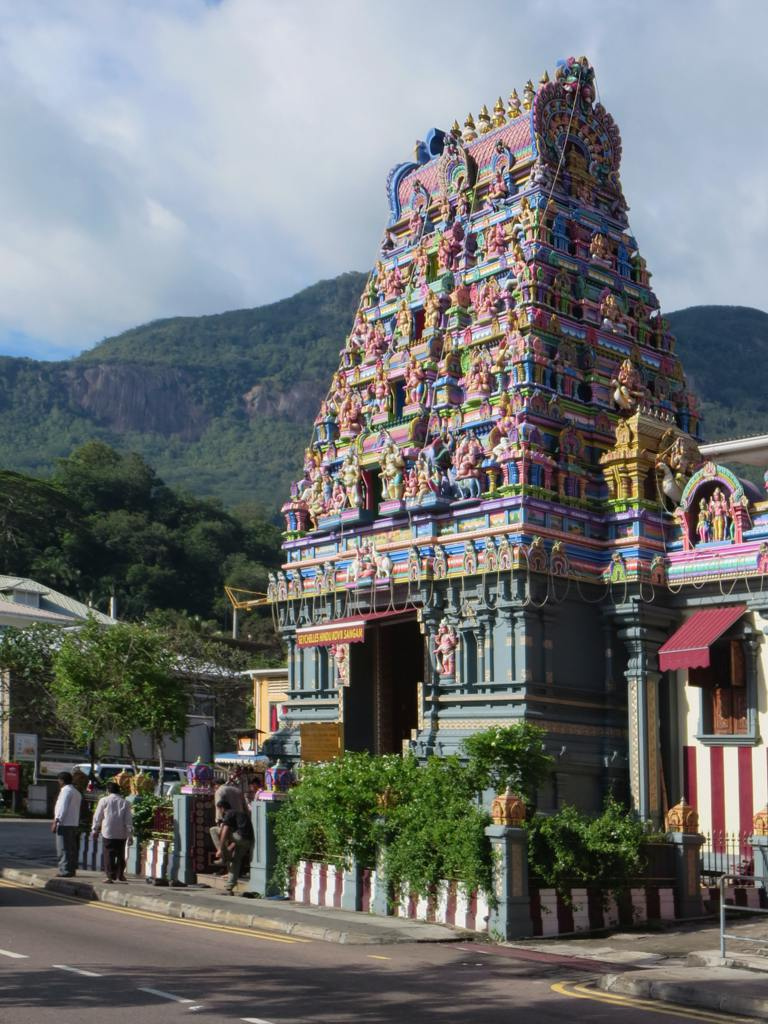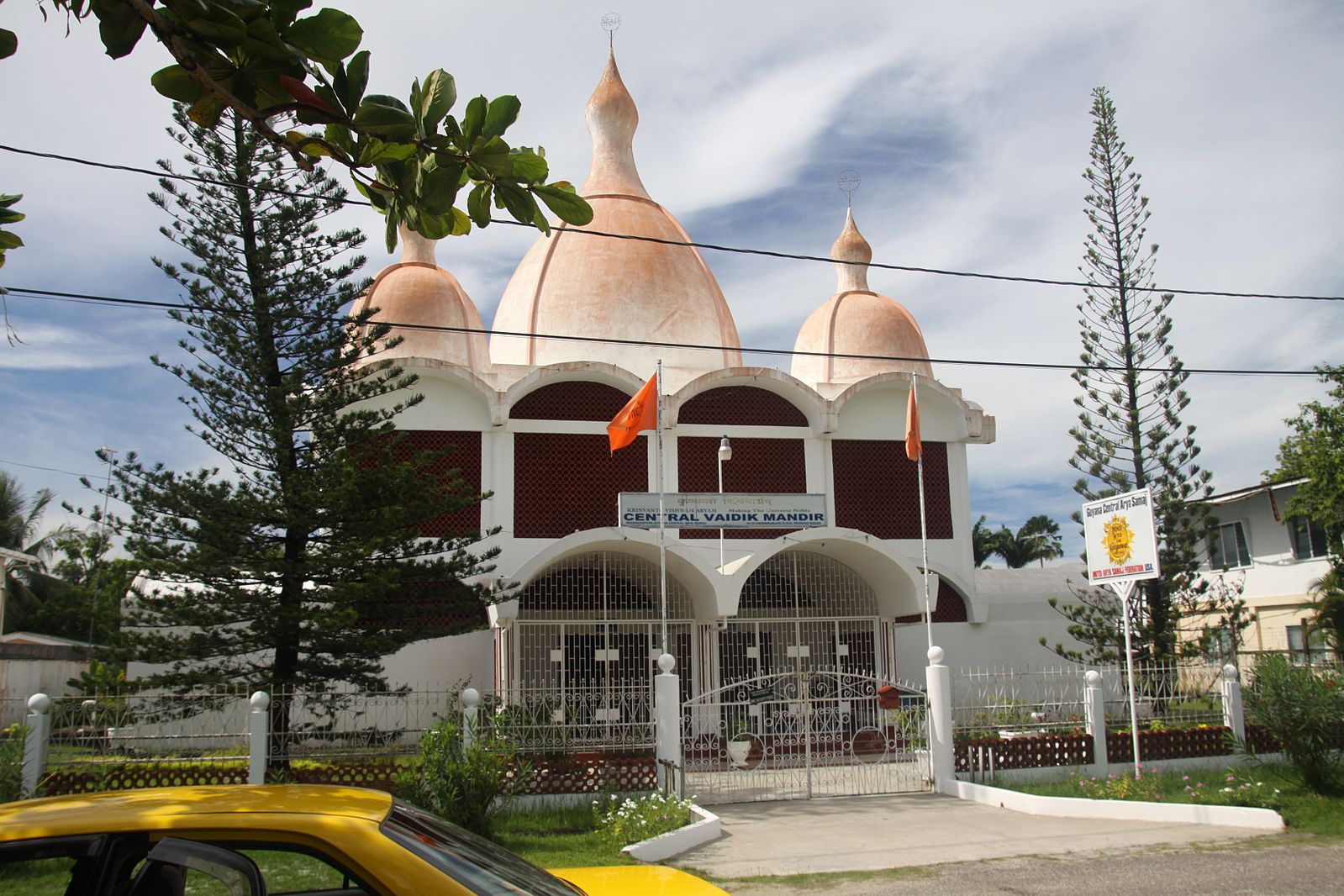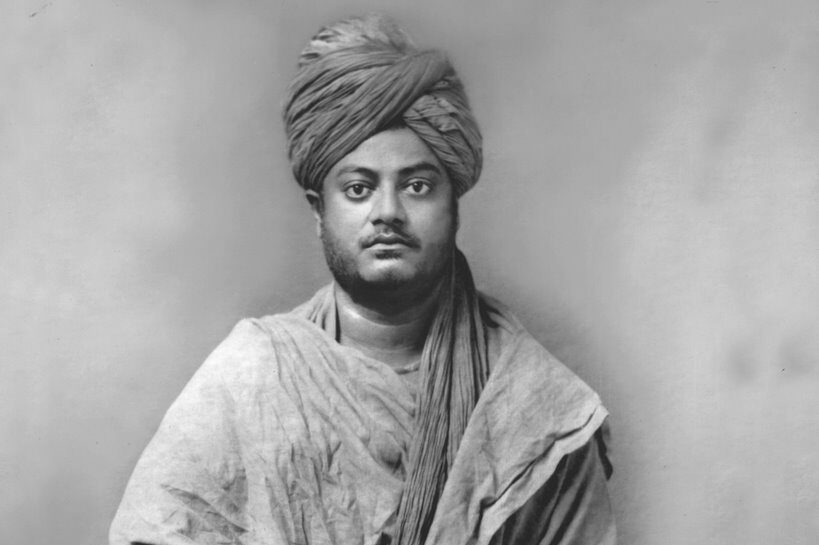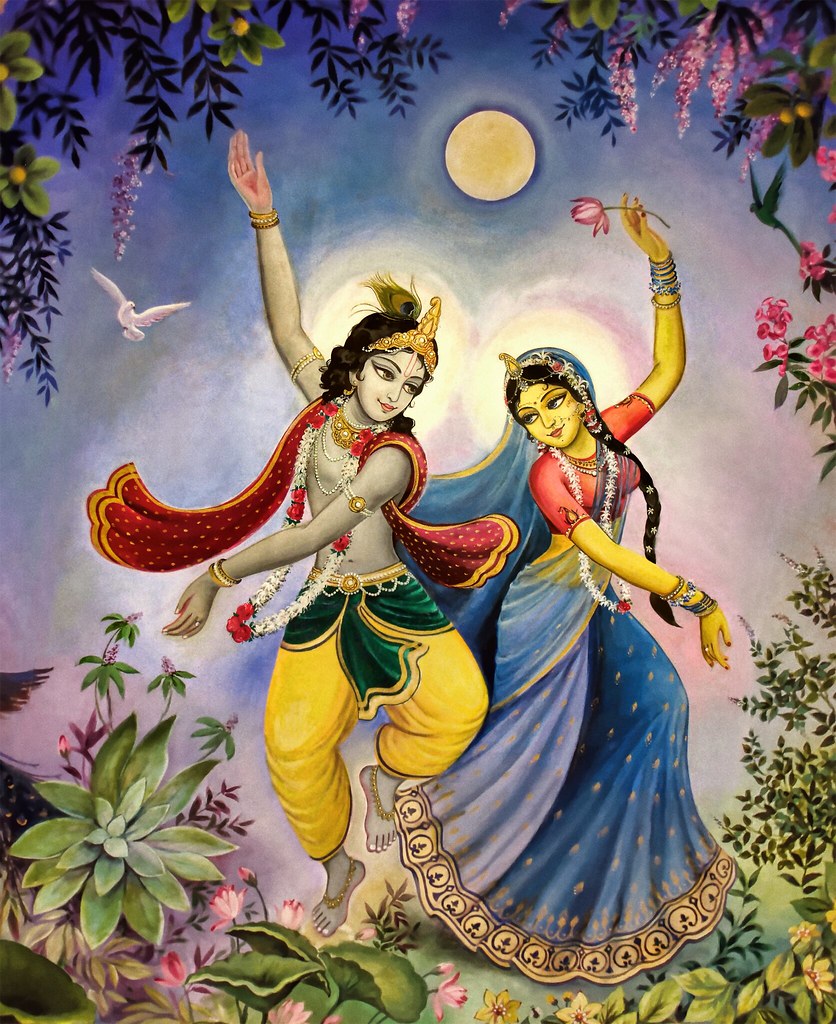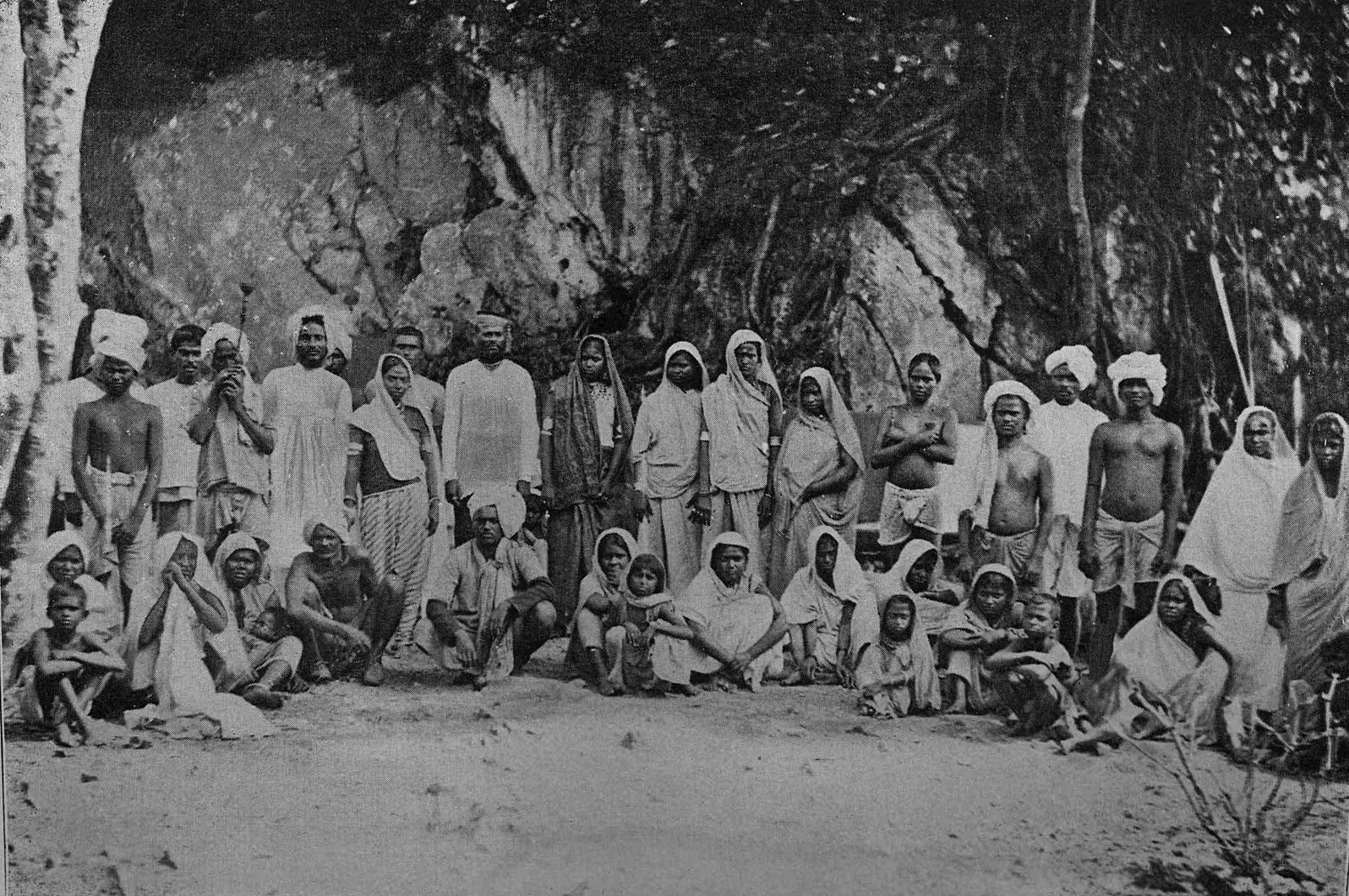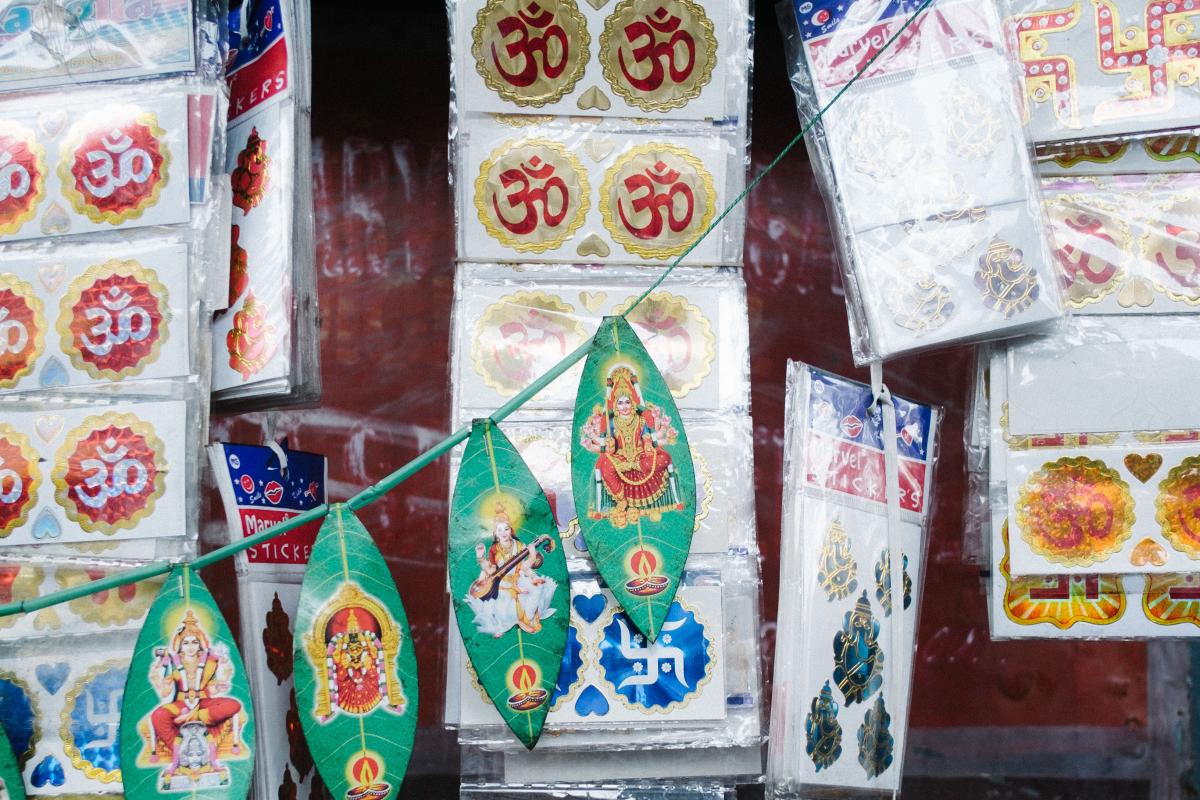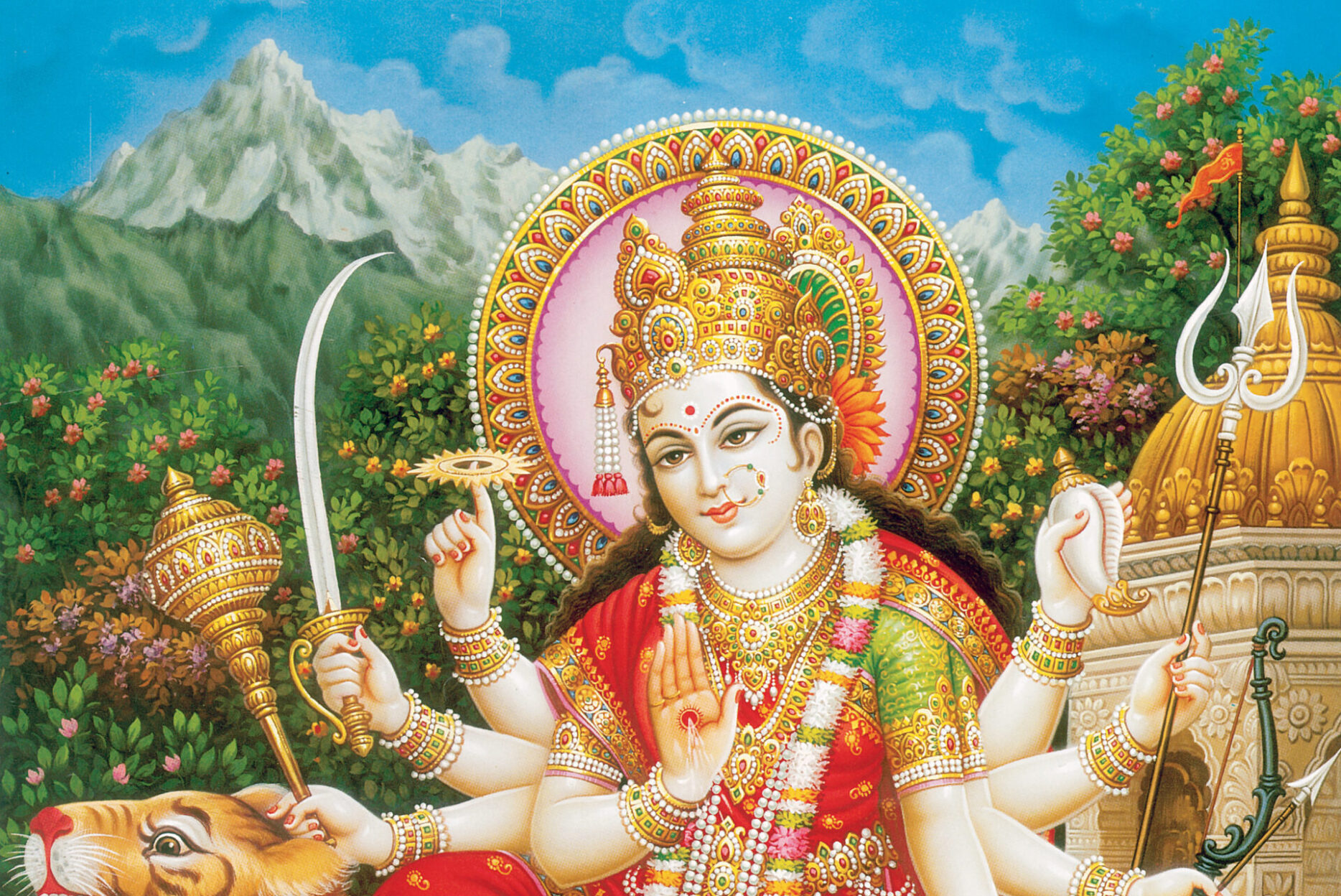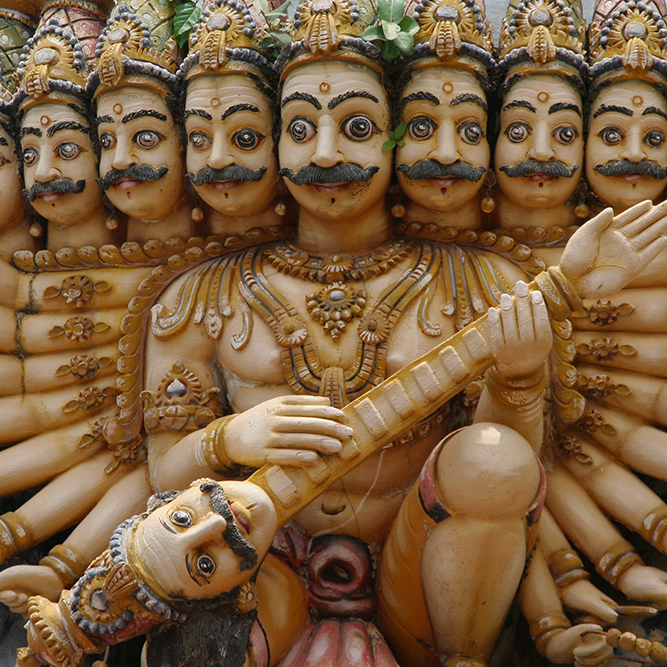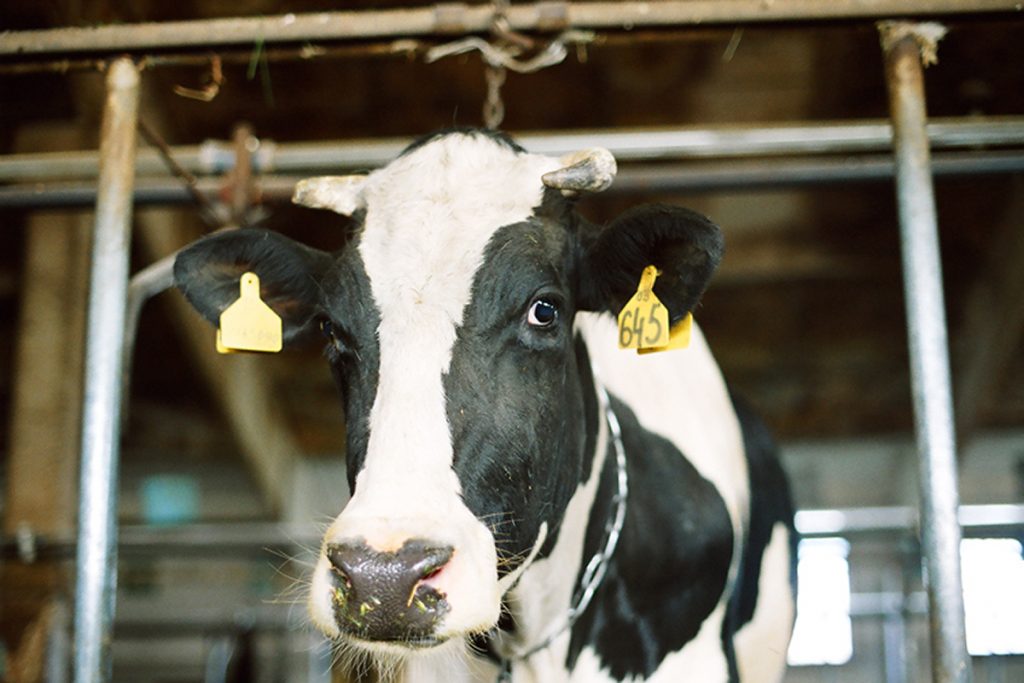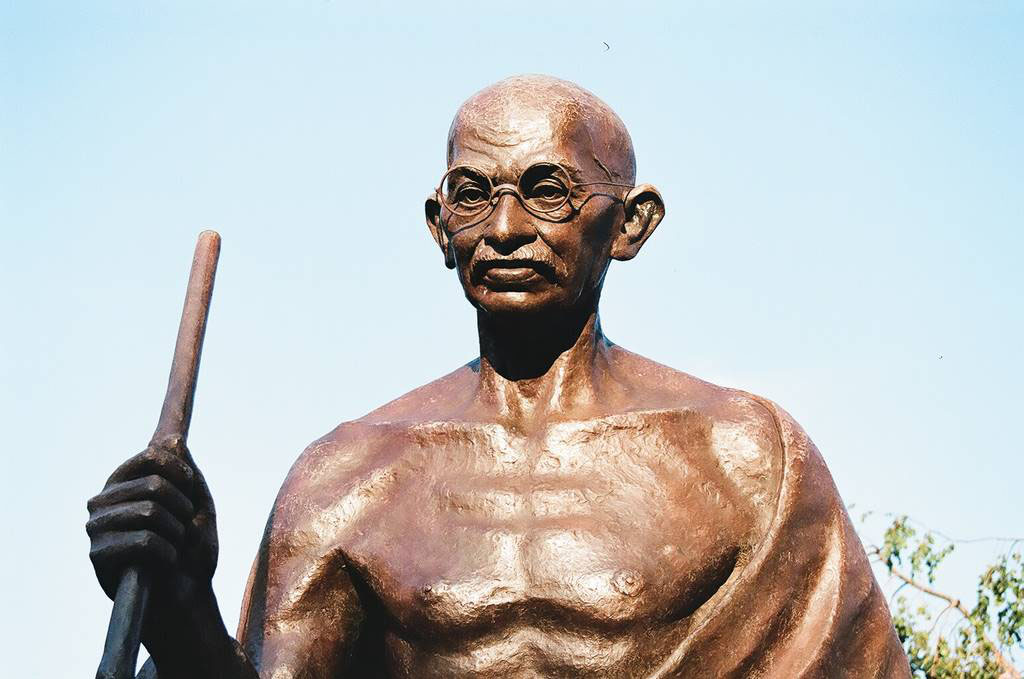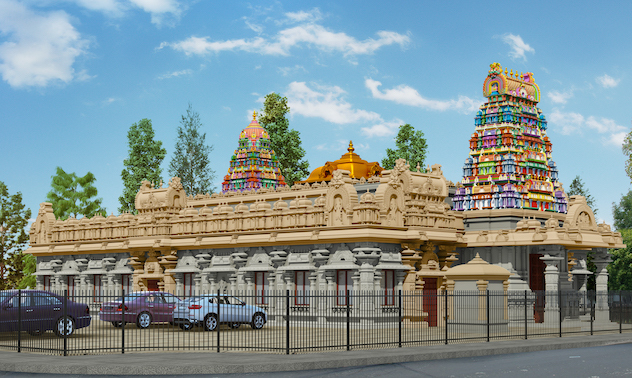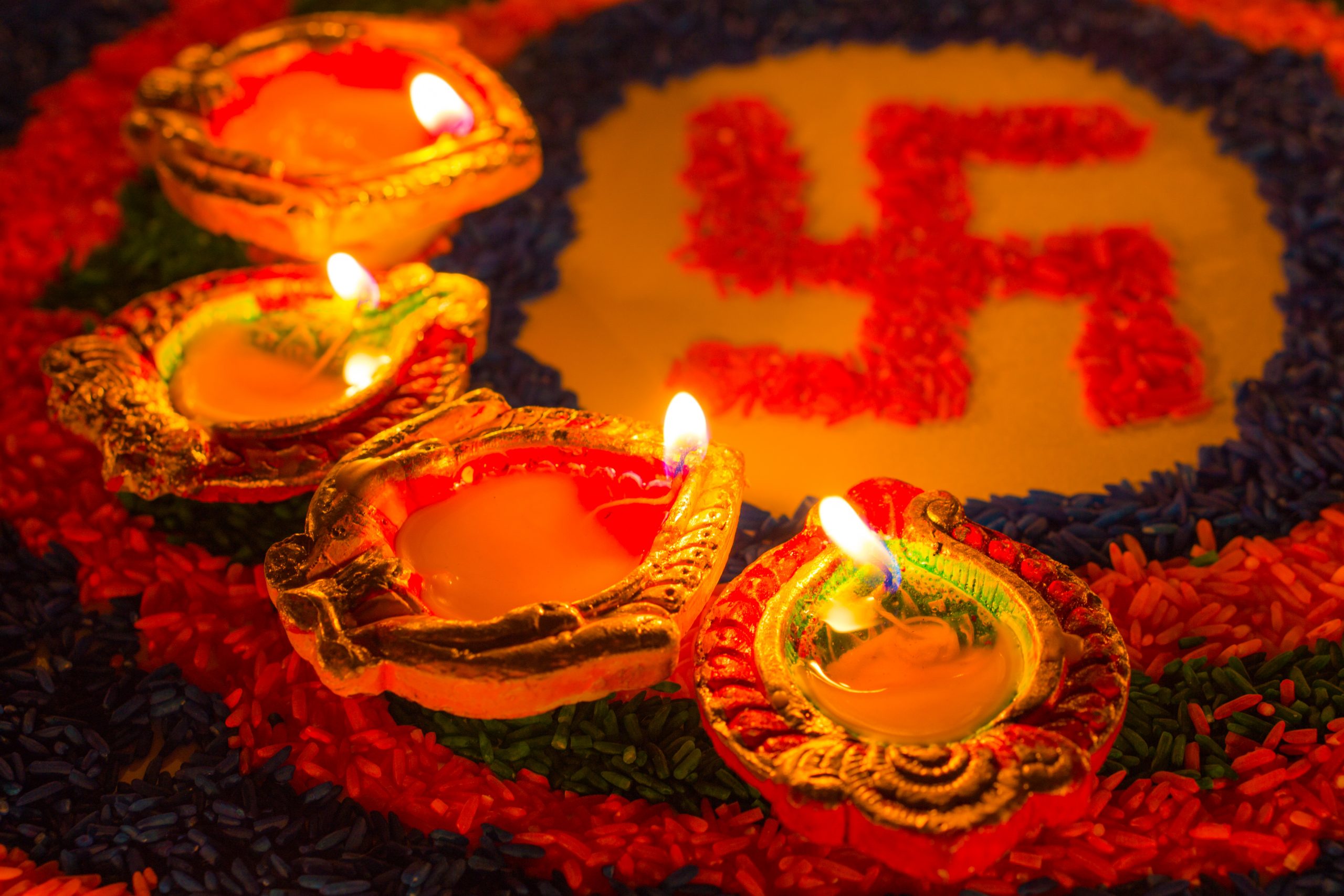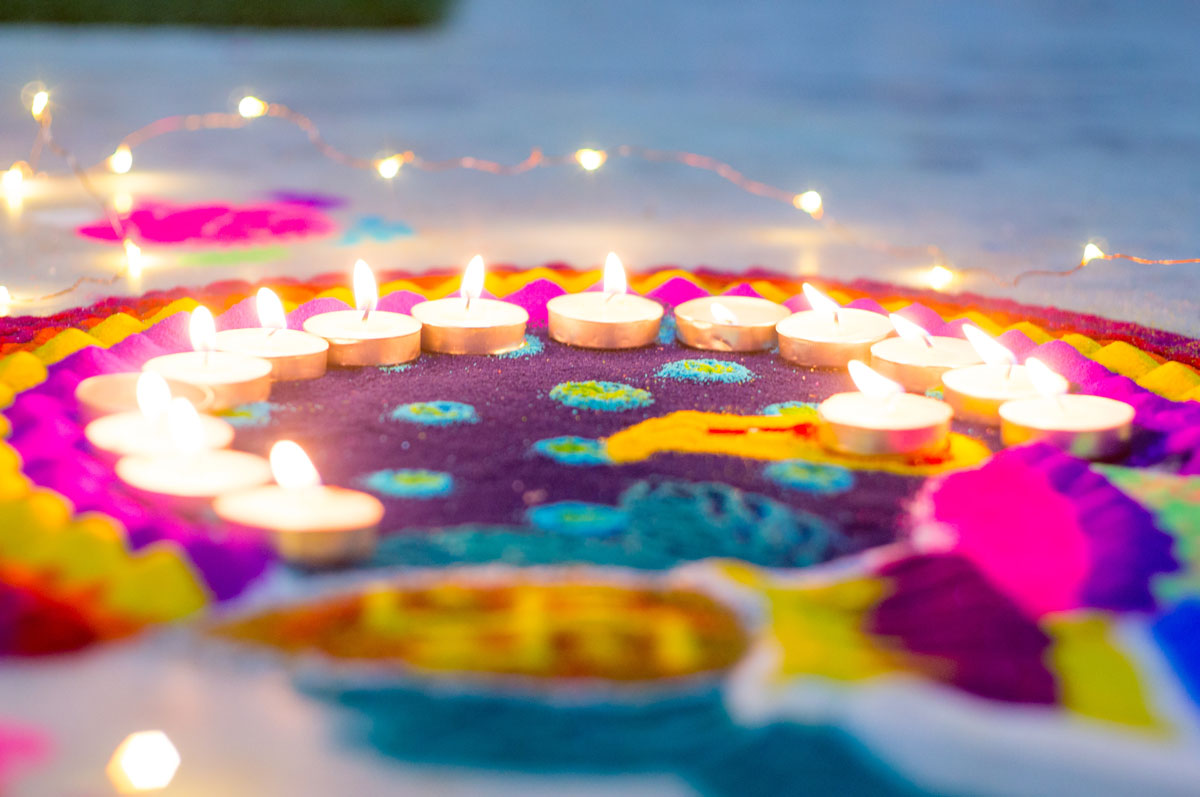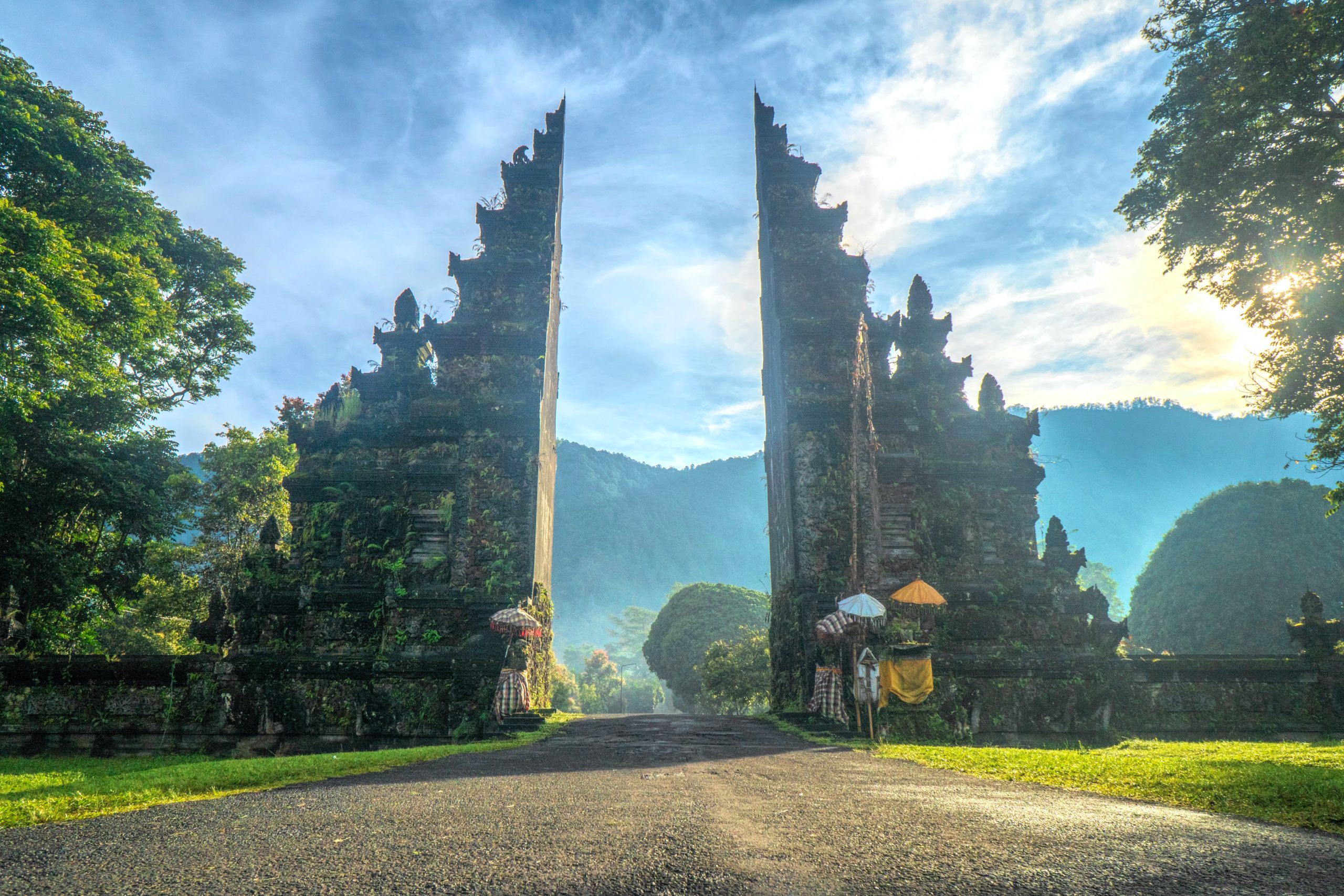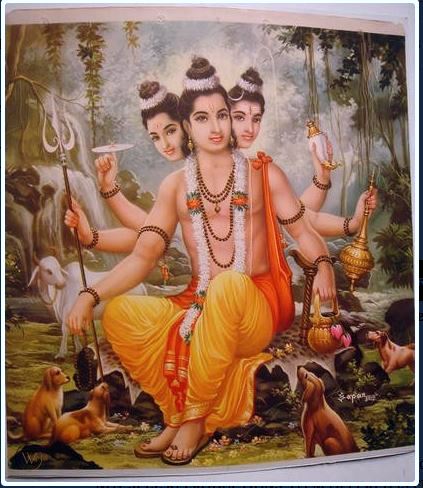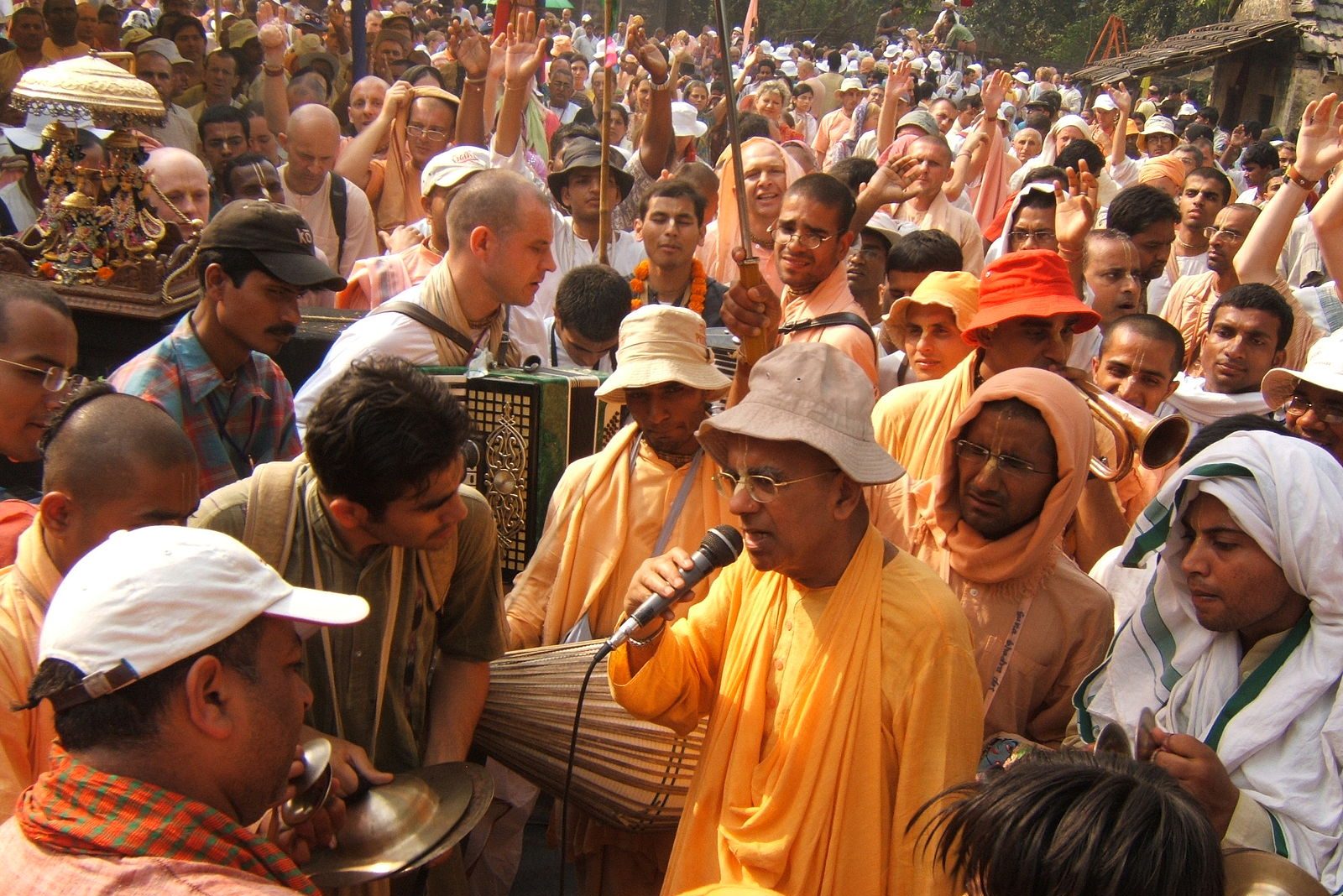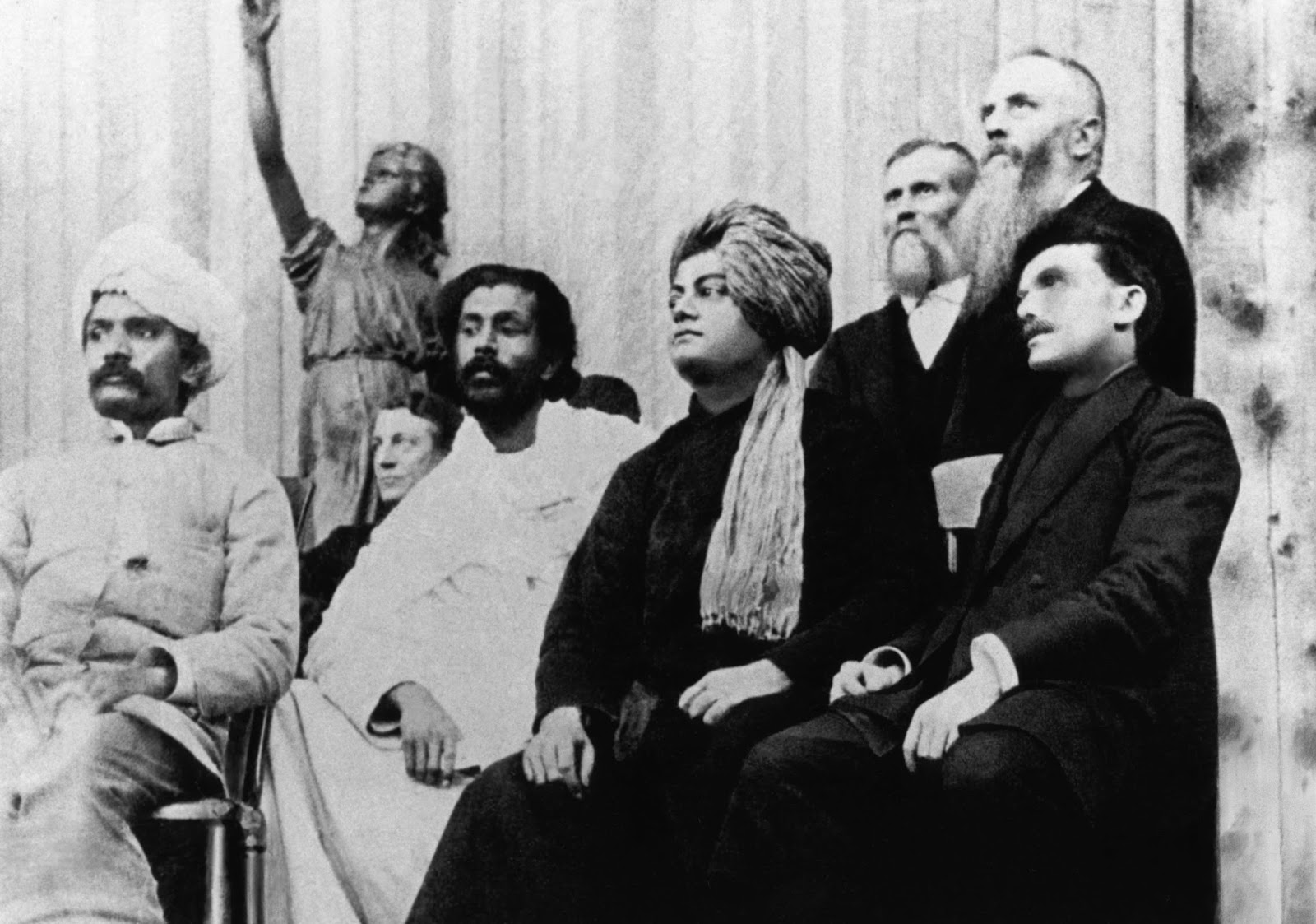The roots of Khalistan lie in the British colonial policies of the late 1800s and early 1900s that sought to divide Sikhs and Hindus. Sikhs were recruited into the British army in large numbers to use against Hindu rulers that rebelled against the British Raj. Subsequently, after Indian independence in 1947, tensions between the state of Punjab and the central Indian government surfaced, leading to grievances amongst many Sikhs against the Indian government.
Punjab, for instance, was trifurcated into the states of Punjab, Haryana, and Himachal Pradesh in 1966, along linguistic lines (Punjab as a Punjabi speaking state, and Haryana and Himachal Pradesh as Hindi speaking states), which created resentment amongst many Sikhs that the historic contours of Punjab were being further divided after it has already been divided between India and Pakistan in 1947.
Many Sikhs in Punjab also resented sharing the joint capital of Chandigarh with Haryana, and viewed water sharing agreements with Haryana as unfair and favoring farmers there to the detriment of those in Punjab. Sikh religious leaders were additionally apprehensive of the community losing its identity and culture, and wanted greater state powers for Punjab.
Although these types of issues often mark normal state-federal government relations in newly independent countries such as India, they were perceived by many Sikhs as religiously motivated policies of discrimination against them and were exploited by radical leaders, who built a narrative that Sikh interests would only be safe in an independent Sikh country of Khalistan. This was further compounded by an “incendiary mix of unprincipled politics and the manipulation of religious identities and institutions” that brought radical Sikh forces to the forefront of politics in the state of Punjab.
Violent clashes between radicalized Sikh groups led by Jarnail Singh Bhindranwale and the Nirankari sect (considered heretical by the former) in April 1978 is considered the beginning of the Khalistan movement. And in 1980, Bhindranwale and his supporters started targeting Hindus and murdered Lala Jagat Narain, the publisher of Punjab Kesri, a vernacular newspaper, and a vocal critic of Bhindranwale. This was soon followed by large scale violence against civilians across the state.
The Khalistan movement peaked in the 1980-90s and the violent campaign included bombings, assassinations, kidnappings, and selective killing and massacres of civilians. The movement resulted in nearly 22,000 deaths of Sikhs and Hindus alike, including approximately 12,000 civilians. The violence took on an international dimension in 1985 when Khalistani separatists based in Canada exploded a bomb on an Air India flight enroute from Toronto to New Delhi, killing all 329 people on board, including 82 children under the age of 13. That incident remains the deadliest terrorist attack in Canadian history.
In response to the movement, and in an attempt to end militancy in the state, Indian security forces and local Punjab police responded with force, at times committing human rights abuses. Moreover, the Congress Party led central government contributed to problems in the state by undermining democratic institutions and interfering with elections, and failing to adequately address local/state issues and relations between the state and the central government.
It is important to note, however, that the majority of the police, security forces, and politicians in Punjab were and are Sikh. In fact, the police captain credited for ending the Khalistan insurgency, KPS Gill, was himself a Sikh. Moreover, Sikh politicians, such as former Chief Minister Beant Singh, were themselves assassinated by militants.
The majority of the victims of the militant violence were innocent Sikhs who were killed by separatists for opposing the Khalistan movement. In 1990-1991, for instance, Sikh civilians comprised over seventy percent of the victims of militant attacks. Moreover, Mazhabi Sikhs (so called lower caste Sikhs in Punjab) were frequently the victims of militant attacks.
Hindus were also targeted in large numbers as part of a strategy to ignite communal tensions and force Hindus to flee Punjab in fear. Along with systematic violence, posters often appeared in villages threatening Hindus to leave and those Sikhs that sought to help Hindus were similarly threatened by militants. As a result, thousands of Hindus fled their homes in Punjab and lived as refugees in neighboring states and New Delhi.
The horrific violence in Punjab was accompanied by virulent anti-Hindu rhetoric and propaganda that demonized and intimidated the state’s minority Hindu community, and encouraged and celebrated violence against Hindu civilians. This was part of an attempt by militants, led by Bhindranwale, to disrupt the social fabric of the state and creation divisions between Hindus and Sikhs, who had historically enjoyed strong relations, shared religious traditions, and frequently intermarried.
Bhindranwale, the most prominent Khalistan leader, frequently used anti-Hindu rhetoric in his speeches. Noted Sikh journalist, Kushwant Singh, described Bhindranwale as a “hate monger” who routinely used hateful and inflammatory language against Hindus and exhorted every Sikh to “kill 32 Hindus to solve the Hindu-Sikh problem.”
As the Khalistan movement expanded and violence escalated, Bhindranwale and his heavily armed followers occupied the Golden Temple, Sikhism’s holiest shrine, in Amritsar. Starting in 1982, Bhindranwale used the Golden Temple as a base of operations and stored arms and ammunition there. He openly declared that he was directing attacks and violent acts from the sacred Temple. There were also reports of the militants committing atrocities on pilgrims and devotees inside the sacred space.
On June 6, 1984, Indian Prime Minister Indira Gandhi ordered an army operation — code-named Operation Bluestar — to flush out Bhindranwale and the militants holed up in the Golden Temple, the holiest of Sikh temples.
According to an academic study of the Khalistan insurgency:
“…thousands of pilgrims were in the Golden Temple grounds when the [army] assault began, and the insurgents used many of them as human shields. Bhindranwale and many of his associates were killed – but there were a very large number of civilian casualties as well.”
The fallout from Operation Bluestar resulted in the assassination of Prime Minister Indira Gandhi and the subsequent anti-Sikh pogrom in New Delhi in October 1984 in response to Prime Minister Gandhi’s assassination. The pogrom took the lives of over 3,000 innocent Sikhs.
While the Indian government and judiciary have taken some positive steps to prosecute and convict those leaders involved in planning and carrying out the violence, several individuals and high level government leaders have still not been brought to justice more than 30 years later. Collectively, Operation Blue Star, and the anti-Sikh pogrom of 1984 and lack of justice thereafter have left a deep psychological wound in the minds of many Sikhs, and have further fueled the Khalistan militant movement or support for it.
In both its heyday and today, the Khalistan movement has received financial and logistical support from pro-Khalistan separatists based in the United States, Canada, and the United Kingdom, as well as Pakistan’s Inter-Services Intelligence (ISI) Agency.
In particular, according to Indian defense analyst, Ajai Sahni, Pakistan’s ISI spy agency provided refuge, training, arms, and funding to Khalistani terrorist organizations and coordinated “their activities with Islamist terrorist organizations such as the Lashkar-e-Toiba (LeT) and the Hizb-ul-Mujahideen, as well as with organized crime operators, and drug and weapons’ smugglers who have assisted in the movement of men and materials across the border into Punjab.”
Moreover, according to foreign affairs analyst Christine Fair, “[t]he involvement of the diaspora was an important dimension of the Sikh insurgency. Not only was it a source of diplomatic and financial support, it was also a factor in enabling Pakistan to get involved in fueling the Sikh separatist efforts. Sikhs in Canada, the United Kingdom, and the United States played important roles in arranging for cadres to travel to Pakistan, where they received financial and military assistance.”
Khalistan supporters in the West have actively used American, Canadian, and British soil to lobby their respective governments against India, while raising funds for Khalistan terror groups, often using informal hawala networks (often used by criminal and terrorist organizations in South Asia) for transferring money.
There have further been a number of investigations into the activities of pro-Khalistan extremists in the US, including by the FBI, DEA, and United States Customs Service (USCS).
In March 2017, for instance, a Khalistan extremist and US resident, Balwinder Singh, was convicted of providing material support to Khalistani terrorist groups in India and sentenced to 15 years in federal prison. He had been arrested by the FBI in 2013 on “charges of conspiracy to provide material support to terrorists, conspiracy to murder or otherwise harm persons in a foreign country” and for falsifying an asylum claim. Singh was providing support to BKI and another group, Khalistan Zindabad Force, to commit acts of terrorism in India.
And previously, an undercover USCS sting operation of a Khalistan activist in California, Bhajan Singh Bhinder, revealed that he attempted to purchase military grade weapons, such as “M-16s, A.K.-47s, detonators, night-vision goggles, mobile communications equipment, remote-control equipment, grenade and rocket launchers,” for Khalistan groups committing terror attacks in India. The investigation was later abandoned after Bhinder backed out of the deal. Bhinder has since gone on to found several other organizations, most notably Organization for Minorities of India(OFMI), which engages in anti-India and anti-Hindu activities.
Another US-based organization, Sikhs for Justice, has become the most prominent pro-Khalistan group in the west and reportedly enjoys the support of the ISI. It purportedly peacefully advocates for a 2020 referendum on Khalistan, but has openly associated with convicted Khalistan terrorists and those suspected of being involved in large-scale terror plots in India. It funded the legal defense of Jagtar Singh Tara, for instance, a leader of Indian designated terrorist group Khalistan Tiger Force, who assassinated the Chief Minister of India’s Punjab state in 1995.
SFJ and its legal advisor, Gurpatwant Singh Pannun, also have close links with Paramjit Singh Pamma, a BKI fundraiser wanted by Indian authorities for his material support of terrorism. Mr. Pannun himself was reportedly arrested by police in the United Kingdom in 2000 after receiving terrorist training in Pakistan and was sentenced to 30 months in prison for his involvement with BKI, a banned terrorist group in the UK, although he denies the allegation.



